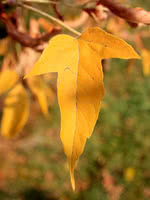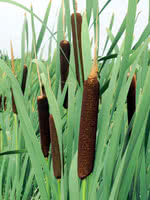Mon-Fri 9am - 5pm Mountain time
Manitoba Maple vs Common Cattail
Acer negundo
Typha latifolia
CUSTOM GROW
Manitoba Maple is a fast growing tree with great fall color. These trees are typically grown as feature or shade trees on larger properties and acreages. Manitoba maples are cold hardy and tolerant of a wide range of soil moisture conditions.
Note that Manitoba Maple is considered toxic to horses.
Cattail is found all across North America, growing next to water. Like other waterside plants, Cattail provides erosion control and forage for animals.
It is suitable for land reclamation. Cattail is able to tolerate cold weather and occasional flooding.
Manitoba Maple Quick Facts
Common Cattail Quick Facts
In row spacing: 2.4 - 3 m (8 - 10 ft)

